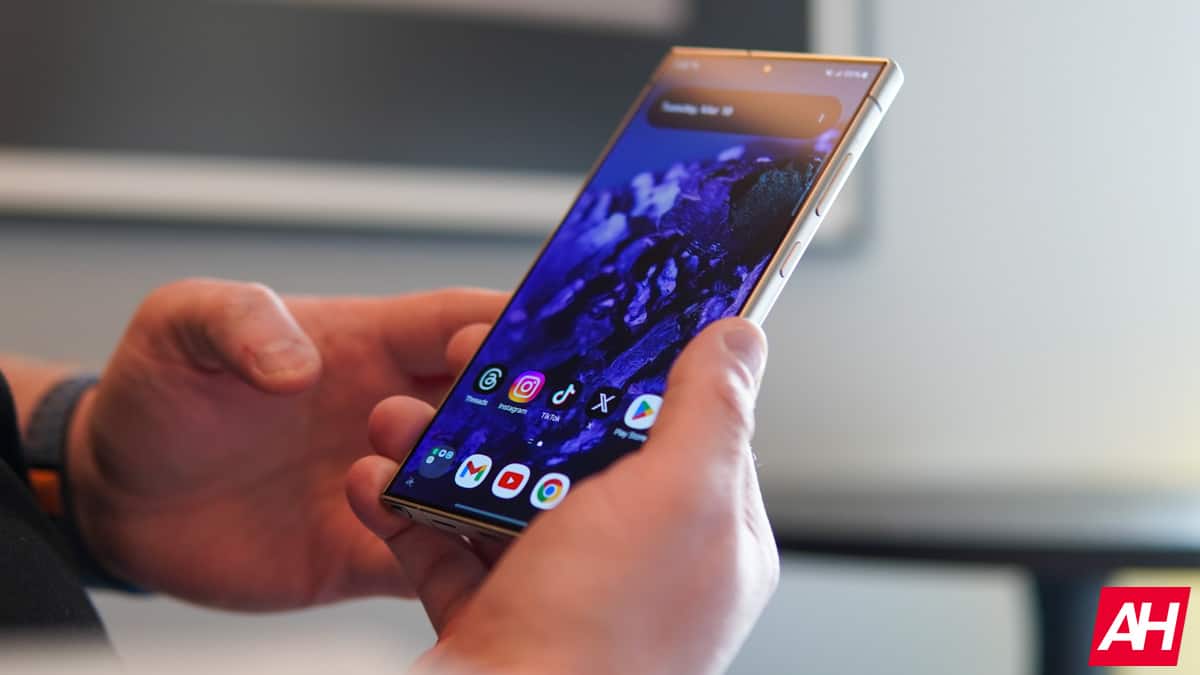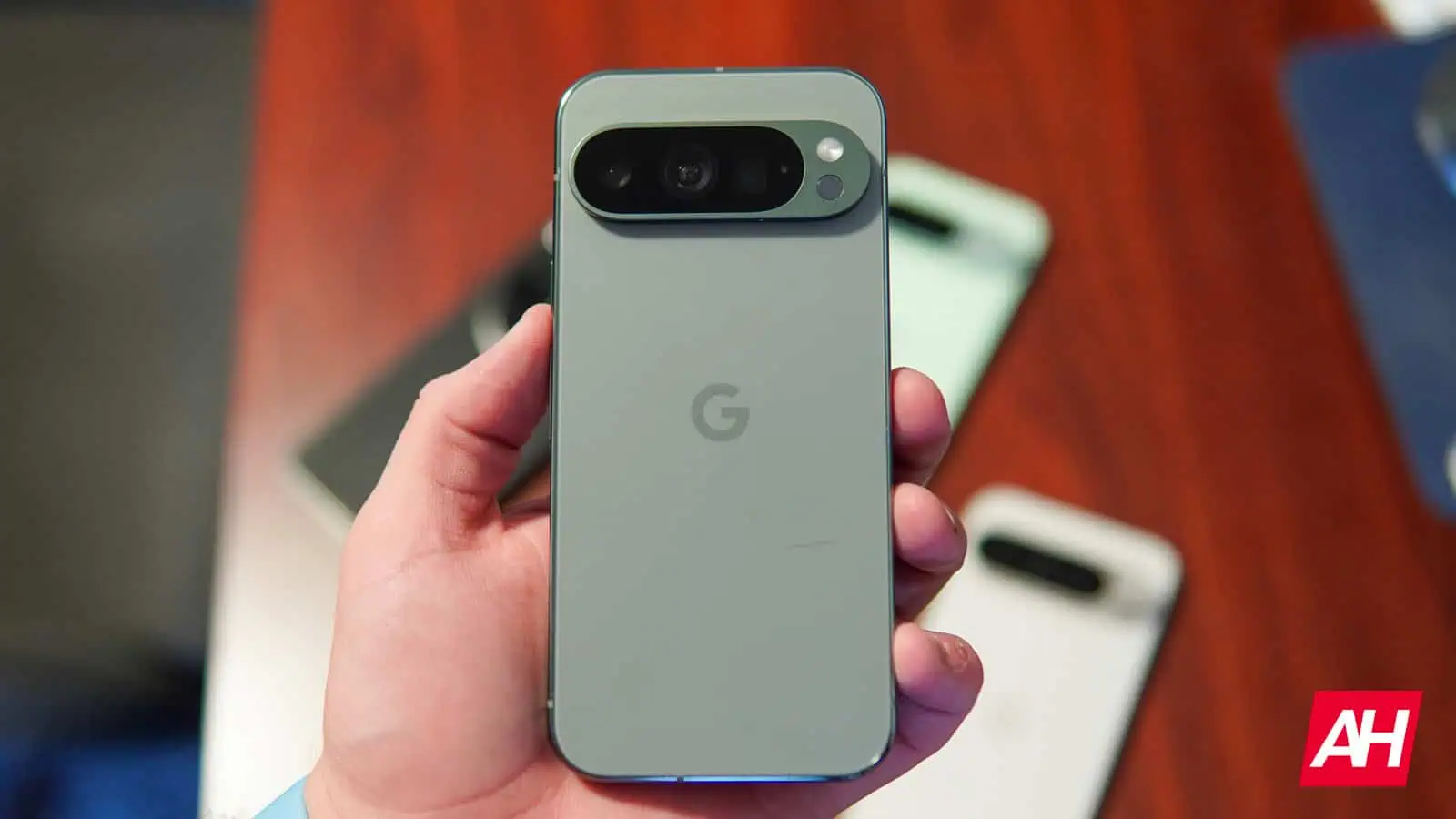Google has a new large flagship to offer, the Google Pixel 9 Pro XL. That device launched quite recently with three other Pixel 9 smartphones. With that in mind, we’re here to compare Google’s large flagship vs its direct competitor from Samsung, this is a Samsung Galaxy S24 Ultra vs Google Pixel 9 Pro XL comparison. These two smartphones are both big and powerful, but immensely different.
The differences do start with their designs, but they don’t end there. So, needless to say, there’s plenty to talk about here. We will list the specifications of both smartphones first, as per usual. Following that, we will compare their designs, and then move to compare their displays, performance, battery life, cameras, and audio output. With that in mind, let’s get this show on the road, shall we?
Specs
Samsung Galaxy S24 Ultra vs Google Pixel 9 Pro XL, respectively
– Screen size:
6.9-inch Dynamic AMOLED 2X (flat, adaptive 120Hz, HDR10+, 2,600 nits max brightness)
6.8-inch QHD+ OLED (120Hz, HDR, 3,000 nits)
– Display resolution:
3120 x 1440
2992 x 1344
– SoC:
Qualcomm Snapdragon 8 Gen 3 for Galaxy
Google Tensor G4
– RAM:
12GB (LPDDR5X)
16GB (LPDDR5X)
– Storage:
256GB/512GB/1TB (UFS 4.0)
128GB/256GB/512GB/1TB (UFS 3.1)
– Rear cameras:
200MP (wide, f/1.7 aperture, OIS, multi-directional PDAF, 0.6um pixel size), 12MP (ultrawide, 120-degree FoV, f/2.2 aperture, Dual Pixel PDAF 1.4um pixel size), 10MP (telephoto, f/2.4 aperture, OIS, Dual Pixel PDAF, 1.12um pixel size, 3x optical zoom), 50MP (periscope telephoto, OIS, PDAF, 5x optical zoom)
50MP (wide, f/1.7 aperture, 1.2um pixel size, OIS, EIS), 48MP (ultrawide, f/1.7 aperture, 123-degree FoV), 48MP (periscope telephoto, f/2.8 aperture, OIS, EIS, 5x optical zoom)
– Front cameras:
12MP (wide, f/2.2 aperture, Dual Pixel PDAF, 22mm lens)
42MP (f/2.2 aperture)
– Battery:
5,000mAh
5,060mAh
– Charging:
45W wired, 15W wireless, 4.5W reverse wireless (charger not included)
37W wired, 23W wireless (Pixel Stand), 12W Qi wireless, 5W reverse wireless (no charger)
– Dimensions:
162.3 x 79 x 8.6mm
162.8 x 76.6 x 8.5 mm
– Weight:
232/233 grams
221 grams
– Connectivity:
5G, LTE, NFC, Wi-Fi, USB Type-C, Bluetooth 5.3
– Security:
Ultrasonic in-display fingerprint scanner & facial scanning
– OS:
Android 14 with One UI 6.1
Android 14
– Price:
$1,299+
$1,099+
– Buy:
Samsung Galaxy S24 Ultra (Best Buy)
Pixel 9 Pro XL (Best Buy, Google Store)
Samsung Galaxy S24 Ultra vs Google Pixel 9 Pro XL: Design
Both of these smartphones are made out of metal and glass. Samsung’s flagship uses titanium for its frame, while Google uses aluminum. The display sizes here are the same, while the two phones are basically the same in terms of height and thickness, the difference is negligible. The Galaxy S24 Ultra is noticeably wider, though, even though the Pixel 9 Pro XL is not exactly a narrow device.
The Galaxy S24 Ultra is also heavier than the Pixel 9 Pro XL. It weighs 232 grams compared to 221 grams of Google’s handset. You’ll also notice that the Galaxy S24 Ultra has sharp corners, and looks entirely different than the Pixel 9 Pro XL. Google’s handset has rounded corners. That phone also has a flat frame all around, which is not the case with the Galaxy S24 Ultra. What they both do have is a centered display camera hole on their flat displays. The camera hole on the Pixel 9 Pro XL is considerably larger, though, and it sits lower on the display.
Both smartphones have very thin bezels around their displays, and those bezels are uniform. All of their physical buttons sit on the right-hand side but have different placement. On the Galaxy S24 Ultra, the power/lock button sits below the volume rocker keys. It’s the opposite on the Pixel 9 Pro XL. The Galaxy S24 Ultra has four cameras on the back, each of which protrudes from the back separately. The Pixel 9 Pro XL, on the flip side, has one large pill-shaped camera island, which has a horizontal orientation. Three cameras sit in there, and it’s located at the top of the phone’s backplate.
These two phones are actually quite slippery due to their build materials. The Galaxy S24 Ultra has Gorilla Glass Armor on the back, while the Pixel 9 Pro XL includes Gorilla Glass Victus 2. The two devices are IP68 certified for water and dust resistance. Despite the fact they do both look and feel different, both do feel like premium phones.
Samsung Galaxy S24 Ultra vs Google Pixel 9 Pro XL: Display
The Samsung Galaxy S24 Ultra has a 6.8-inch 3120 x 1440 Dynamic LTPO AMOLED 2X display. That panel is flat, and it has an adaptive refresh rate between 1 and 120Hz. HDR10+ content is supported here, and the peak brightness of this display is 2,600 nits. The screen-to-body ratio on the phone is around 88%, while the display aspect ratio is 19.5:9. The Gorilla Glass Armor protects this display.

The Google Pixel 9 Pro XL, on the flip side, features a 6.8-inch 2992 x 1344 LTPO OLED display. This panel is also flat, and it also supports HDR10+ content. Its peak brightness is 3,000 nits, and it has an adaptive refresh rate from 1 to 120Hz. The screen-to-body ratio is around 88%, while the display aspect ratio is 20:9. The Gorilla Glass Victus 2 protects the Pixel 9 Pro XL’s display.
Both of these displays are really good. They are both plenty sharp and have great viewing angles. The colors they provide are vivid, while the blacks are deep. The touch response is also really good on both. The Galaxy S24 Ultra’s panel does have one major advantage, Gorilla Glass Armor. That makes the display far less reflective, and it’s easily noticeable side-by-side. Don’t get me wrong, the Pixel 9 Pro XL is not more reflective than any other competitor save for the Galaxy S24 Ultra. Samsung is the only one that reached for Gorilla Glass Armor thus far, at least as far as mainstream flagships are concerned.
Samsung Galaxy S24 Ultra vs Google Pixel 9 Pro XL: Performance
Samsung’s flagship is fueled by the Snapdragon 8 Gen 3 for Galaxy SoC. That is basically an overclocked variant of the Snapdragon 8 Gen 3. In addition to that, Samsung included 12GB of LPDDR5X RAM here, and UFS 4.0 flash storage. The Google Tensor G4 chip fuels the Pixel 9 Pro XL. That is Google’s very own SoC, and it’s nowhere near as powerful as the Snapdragon 8 Gen 3. It is well-optimized for the Pixel 9 Pro XL and AI tasks. The Pixel 9 Pro XL also includes 16GB of LPDDR5X RAM and UFS 3.1 flash storage.
Google should not have cut corners with the UFS storage, but it is what it is. That difference is not something you’ll notice in day-to-day performance, though. Both smartphones are quite snappy when it comes to regular usage. They both open apps rather fast, though the Galaxy S24 Ultra is usually slightly faster. They are also very quick to jump between apps, web browsing is great on both, as is taking pictures, messaging, and everything else you can think of for daily usage, basically.
Even the gaming on the Pixel 9 Pro XL is not as bad as we thought it would be. That vapor chamber does make a difference, it seems. The phone managed to run through a couple of truly demanding games nicely, even though some dropped frames were noticeable. The Galaxy S24 Ultra does have the upper hand when it comes to gaming, but that was to be expected. The Tensor G4 is not made for gaming.
Samsung Galaxy S24 Ultra vs Google Pixel 9 Pro XL: Battery
The Galaxy S24 Ultra comes with a 5,000mAh battery, while the Pixel 9 Pro XL includes a 5,060mAh battery. So they almost have identical battery packs on the inside. We already knew that the Galaxy S24 Ultra offered outstanding battery life, and the Pixel 9 Pro XL is not bad in that regard either. Both of these phones are capable of crossing both 7 and 8-hour screen-on-time marks.
The Galaxy S24 Ultra can get to over 8 hours of screen-on-time easier than the Pixel 9 Pro XL, though. It does offer better battery life in direct comparison, but still, the Pixel 9 Pro XL managed to surprise us with its endurance. It did manage to keep up with the Galaxy S24 Ultra to a degree. The point is, you’ll be more than happy with the battery life of both smartphones, at least the vast majority of you. Both of these phones can last a full day with ease, at least that was the case for us. Your mileage may vary, of course.
The Samsung Galaxy S24 Ultra supports 45W wired, 15W wireless, and 4.5W reverse wireless charging. The Google Pixel 9 Pro XL supports 37W wired, 23W wireless with Pixel Stand, 12W wireless with a Qi charger, and 5W reverse wireless charging. Both smartphones will take over an hour to charge, but the Pixel 9 Pro XL is a bit faster It took an hour and 18 minutes to charge in our test, compared to an hour and 26 minutes of the Galaxy S24 Ultra. Neither phone comes with a charger, though, by the way, so keep that in mind.
Samsung Galaxy S24 Ultra vs Google Pixel 9 Pro XL: Cameras
The Galaxy S24 Ultra features four cameras on the back. It has a 200-megapixel main camera, a 12-megapixel ultrawide unit (120-degree FoV), a 10-megapixel telephoto camera (3x optical zoom), and a 50-megapixel periscope telephoto shooter (5x optical zoom). The Galaxy S24 Ultra, on the other hand, has a 50-megapixel main camera, a 48-megapixel ultrawide unit (123-degree FoV), and a 48-megapixel periscope telephoto camera (5x optical zoom).

Both of these smartphones are quite capable in the camera department, but they do provide different results. The Pixel 9 Pro XL provides more contrasty images with that well-known Pixel look. It handles HDR situations like a champ. The Galaxy S24 Ultra provides plenty of details, and does a great job, even though it can use sharpening a bit too much sometimes, and the same goes for saturation.
In low light, both smartphones tend to brighten up the shots quite a bit, though with different results. Shots from the Galaxy S24 Ultra do look a bit closer to real life, even though most of you will likely prefer shots from the Pixel 9 Pro XL. Both ultrawide cameras do a good job, while the same goes for telephoto shooters, though once again, the results do differ. Both phones do a good job of keeping the same color profile across cameras, though things are not perfect in that regard, they never are.
Audio
Both smartphones do come with a set of stereo speakers. Both sets are very good, the speakers are more than loud enough, and they do provide quality outputs. They’re actually rather similar in terms of loudness, even though the Galaxy S24 Ultra has a slight advantage in that regard.
What you will not find on either phone is an audio jack. You can use their Type-C ports as an alternative, though. They both ship with Bluetooth 5.3 support, in case you prefer wireless audio over wired one.
